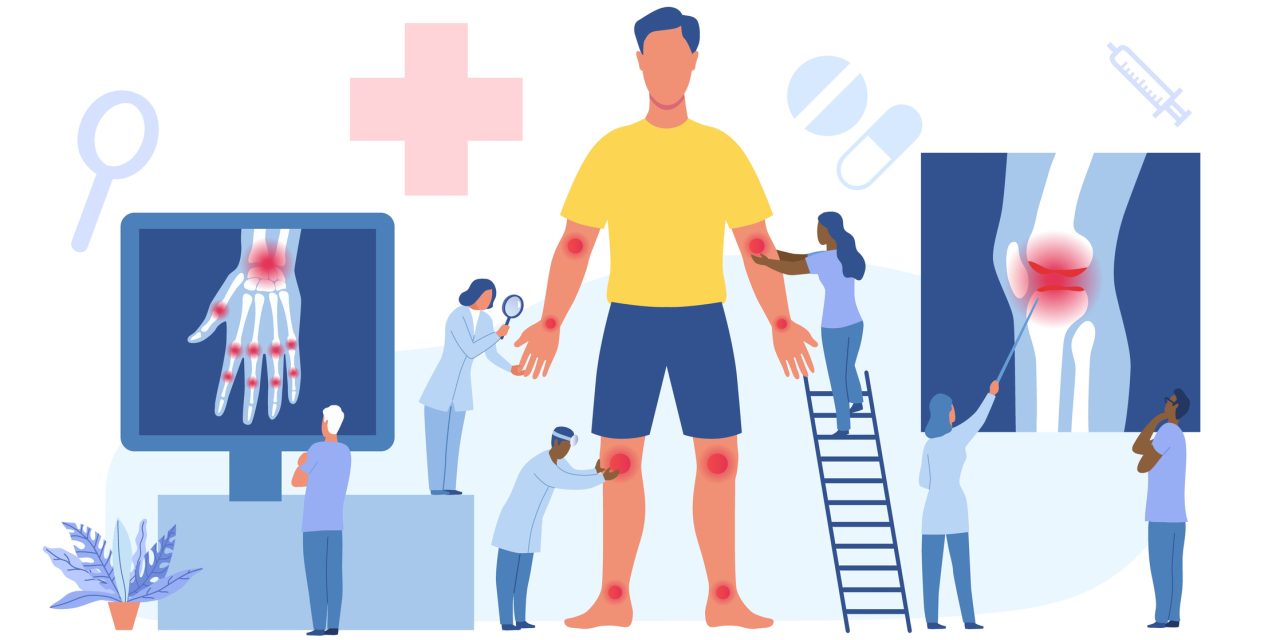To investigate the patterns of healthcare use (HCU) at the last year of life in persons with osteoarthritis (OA).
Using linked registers, we identified persons aged≥ 65 years who died during 2003-2014 and were resided in the Skåne region during 5-year prior to death. Among these, we randomly matched decedents with a principal OA diagnosis prior to the last year of life (OA cohort, n=17,993) with up to 4 comparators without OA by sex, age at death, and year of death (n=59,945). We measured monthly HCU for each decedent during last year of life and applied two-part regression models to estimate HCU attributable to OA. Group-based trajectory modelling (GBTM) was used to detect distinct trajectories of HCU within the OA cohort.
During last 12-month of life, each person with OA had, on average, 2.5 (95% CI 2.2, 2.7) excess healthcare consultations and 1.8 (95% CI 1.3, 2.2) more inpatient days than those without OA. While both cohorts observed increasing trends in HCU towards death, excess healthcare consultations attributable to OA declined and inpatient days increased as death approached. For both healthcare consultations and inpatient days, GBTM identified four distinct trajectory classes. While underlying cause of death and age were the most important predictors of class membership, the overall predictive accuracy was poor.
OA was associated with excess HCU especially hospital-based care during the last year of life. However, there seem to be distinct trajectory classes within the OA patient population.
Copyright © 2021 The Author(s). Published by Elsevier Ltd.. All rights reserved.
Variability in end-of-life healthcare use in patients with osteoarthritis: a population-based matched cohort study.


